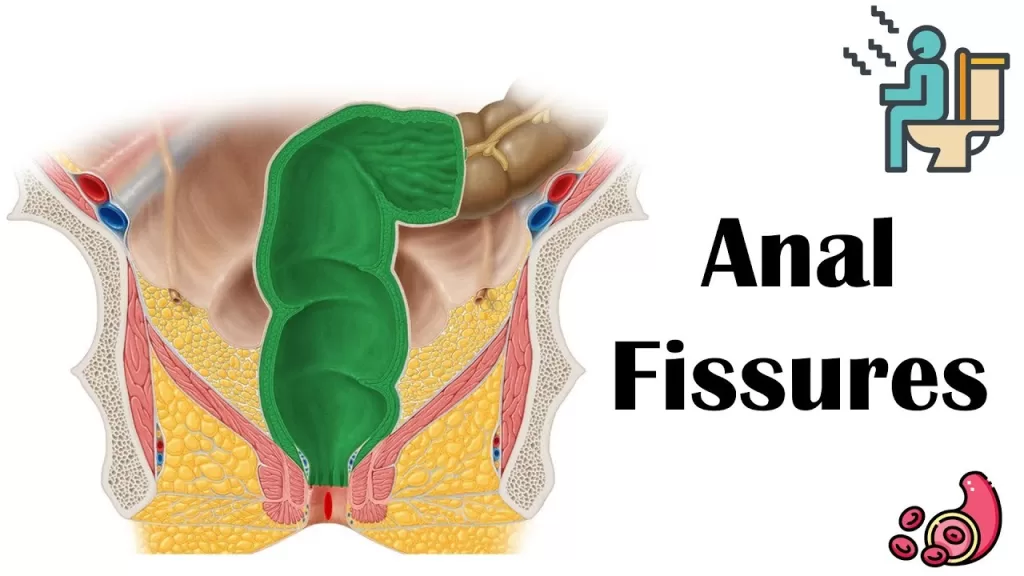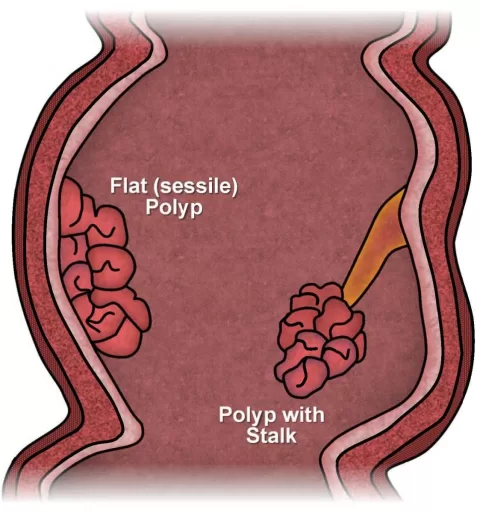Anal fissures are small tears in the anal lining that can lead to severe discomfort and distress. Those suffering from anal fissures often experience intense pain during bowel movements, along with symptoms such as bleeding and irritation. This introductory guide aims to provide a thorough understanding of anal fissures, including their symptoms, treatment options, and healing processes. Effective management of these fissures is crucial, not only for immediate relief but also for long-term healing and preventing recurrence. By exploring the various aspects of anal fissures, including prevention and chronic cases, we can shed light on this common condition and help those affected find the relief they need.
Also referred to as anal tears or fissures, these painful conditions represent a common issue affecting many individuals. Often arising from factors such as straining during bowel movements or trauma, anal fissures can cause a range of distressing symptoms. Understanding the underlying causes and exploring effective treatment options is essential for those dealing with this uncomfortable ailment. Addressing the healing process and prevention strategies can contribute significantly to managing anal tears, ensuring that individuals can enjoy a better quality of life free from pain and discomfort.
Understanding the Symptoms of Anal Fissures
Anal fissures can manifest through a variety of distressing symptoms that significantly impact one’s quality of life. The hallmark symptom is intense pain during and after bowel movements, often described as sharp or burning. This pain can be alarming and may lead to anxiety about subsequent bowel movements, perpetuating a cycle of constipation and discomfort. Additionally, bleeding is a common occurrence, which can appear as streaks of bright red blood on toilet paper or in the toilet itself, leading to further concern for the individual.
Other signs of anal fissures include a persistent feeling of discomfort or irritation around the anal area, which can sometimes feel like a dull ache. In some cases, visible cracks or fissures may be noted upon inspection, signifying the severity of the condition. Early recognition of these symptoms is crucial, as timely intervention can lead to a quicker resolution and prevent the fissures from becoming chronic.
Effective Treatment Options for Anal Fissures
When it comes to treating anal fissures, a variety of methods are available that can significantly alleviate symptoms and promote healing. Self-care measures are often the first line of defense, which include dietary adjustments to increase fiber intake. This helps to soften stools and reduce straining during bowel movements. Additionally, hydration is key, as it aids in maintaining stool consistency. Regular sitz baths can provide soothing relief and help to ease tension in the anal area.
For those who require further assistance, over-the-counter treatments such as topical anesthetics can offer immediate pain relief. If these conservative measures fail, healthcare providers may prescribe stronger medications that relax the anal sphincter, facilitating healing. In rare instances, surgical options such as a lateral internal sphincterotomy might be necessary for chronic fissures that do not respond to conventional treatments.
Healing Times: What to Expect
Understanding the healing time for anal fissures is crucial for managing expectations during recovery. Acute anal fissures typically heal within a few days to two weeks when treated appropriately. During this time, it is essential to adhere to treatment plans, maintain a high-fiber diet, and practice good hygiene to promote healing. The psychological aspect of healing should also be considered, as anxiety about bowel movements can hinder recovery.
On the other hand, chronic anal fissures, which persist beyond six weeks, often require more intensive treatment approaches, leading to longer healing times. Patients may need to engage in more consistent management strategies, such as the introduction of prescription medications or potential surgical interventions. The duration of healing can vary significantly from person to person, underscoring the importance of personalized care and follow-up with healthcare professionals.
Preventing Anal Fissures: Practical Strategies
Preventing anal fissures is largely centered around lifestyle modifications that target the primary causes of fissures. A high-fiber diet combined with adequate hydration is fundamental in preventing constipation and the formation of hard stools, which are a primary risk factor for fissures. Foods rich in fiber, such as fruits, vegetables, and whole grains, should be staples in one’s diet. Regular physical activity can also promote healthy bowel function.
In addition to dietary changes, practicing safe sex can help prevent anal trauma, which is another contributing factor to the development of anal fissures. Awareness and education on the importance of gentle techniques during anal intercourse can mitigate risks. Overall, proactive measures focusing on diet, hydration, and safe practices are effective in reducing the likelihood of experiencing anal fissures.
Community Support for Individuals with Anal Fissures
Dealing with anal fissures can often feel isolating, but community support plays a vital role in the healing process. Online forums and support groups provide a platform for individuals to share their experiences, tips, and coping strategies. Engaging with others who have faced similar challenges can provide emotional comfort and practical advice. These communities often discuss various treatment options and symptom management techniques, helping members feel less alone in their struggles.
Moreover, discussing personal experiences in these forums can help reduce the stigma surrounding anal fissures. As individuals share their journeys toward recovery, it highlights the importance of seeking help and encourages others to consult with healthcare professionals. The collective wisdom and shared experiences found in community discussions can empower individuals to take charge of their health and well-being.
Frequently Asked Questions
What are the common symptoms of anal fissures?
Common symptoms of anal fissures include severe pain during and after bowel movements, bleeding visible on toilet paper or in the toilet bowl, discomfort or a dull ache around the anus, and possibly visible cracks or tears around the fissure site. Recognizing these symptoms early can prompt effective treatment.
What are the best treatment options for anal fissures?
Treatment options for anal fissures primarily include self-care measures such as increasing dietary fiber and hydration, taking sitz baths, and using over-the-counter topical anesthetics. If symptoms persist, prescription medications may be recommended, and in rare cases, surgical options like a lateral internal sphincterotomy may be necessary.
How long does it take for anal fissures to heal?
The healing time for anal fissures varies; acute fissures often heal within a few days to two weeks with proper care, while chronic anal fissures can take longer and may require more intensive treatment. Adhering to a healthy diet and treatment plan significantly aids in the healing process.
What can I do to prevent anal fissures from occurring?
Preventing anal fissures involves maintaining a high-fiber diet to avoid hard stools, staying well-hydrated, and practicing safe sex to prevent anal trauma. Regular exercise and good hygiene can also contribute to prevention.
What are chronic anal fissures and how do they differ from acute fissures?
Chronic anal fissures are those that persist for more than six weeks and often require more intensive treatment compared to acute fissures, which heal quickly with self-care. Chronic fissures may be more painful and resistant to standard treatment practices.
| Key Points | Details |
|---|---|
| Symptoms | Severe pain during and after bowel movements, bleeding, discomfort, visible cracks or tears. |
| Treatment Options | 1. Self-Care: Dietary changes, hydration, sitz baths. 2. Over-the-Counter: Topical anesthetics, stool softeners. 3. Prescription: Topical treatments to relax sphincter. 4. Surgical: Lateral internal sphincterotomy for chronic cases. |
| Healing Time | Acute fissures may heal within days to two weeks; chronic fissures may require longer treatment. |
| Causes | Trauma from hard stools, persistent diarrhea, anal intercourse. |
| Prevention | High-fiber diet, staying hydrated, safe sex practices. |
| Community Support | Engaging in online communities for shared experiences and tips on managing anal fissures. |
Summary
Anal fissures are a common yet painful condition that can significantly affect one’s quality of life. Understanding the symptoms, treatment options, and preventive measures for anal fissures is essential for effective management. With appropriate self-care, dietary adjustments, and medical intervention when necessary, many individuals can find relief and promote healing. If symptoms persist, consulting a healthcare professional is advisable to ensure a tailored approach to recovery. Engaging with online communities can also provide valuable support and shared experiences, helping individuals feel less isolated in their struggles.
The content provided on this blog (e.g., symptom descriptions, health tips, or general advice) is for informational purposes only and is not a substitute for professional medical advice, diagnosis, or treatment. Always seek the guidance of your physician or other qualified healthcare provider with any questions you may have regarding a medical condition. Never disregard professional medical advice or delay seeking it because of something you have read on this website. If you believe you may have a medical emergency, call your doctor or emergency services immediately. Reliance on any information provided by this blog is solely at your own risk.







